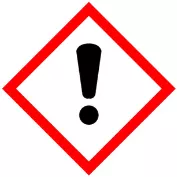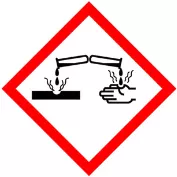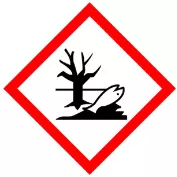Protecting Your Dog from Common Pollutants:
The Hidden Dangers in Your Home
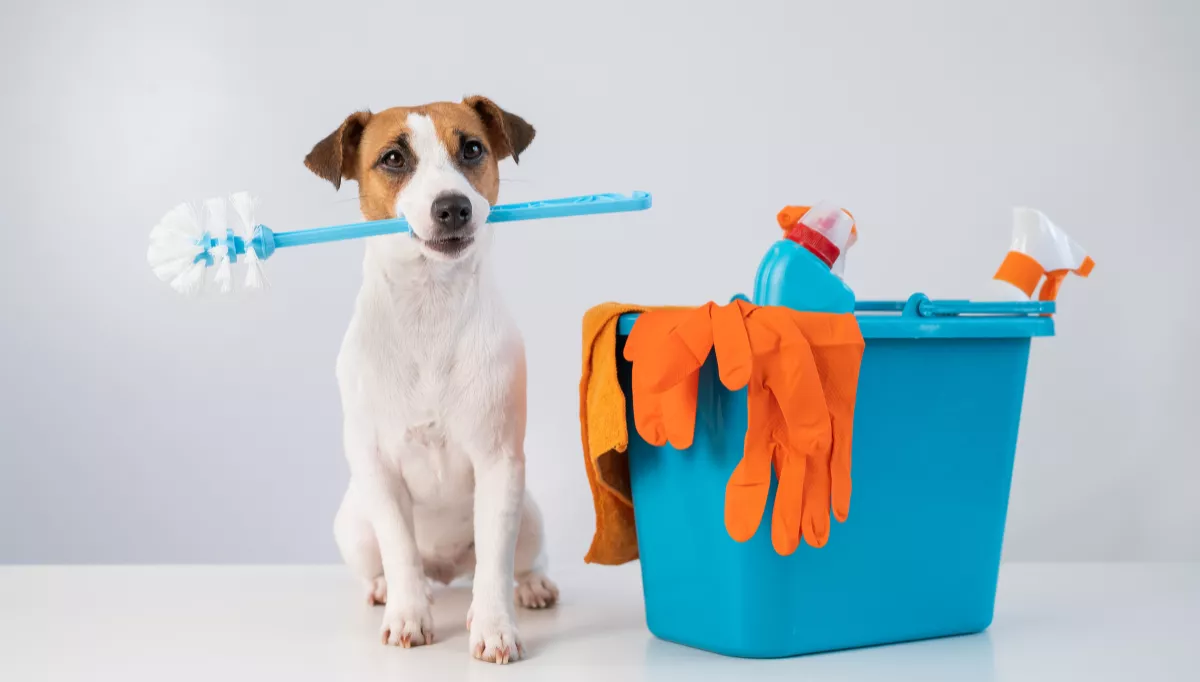
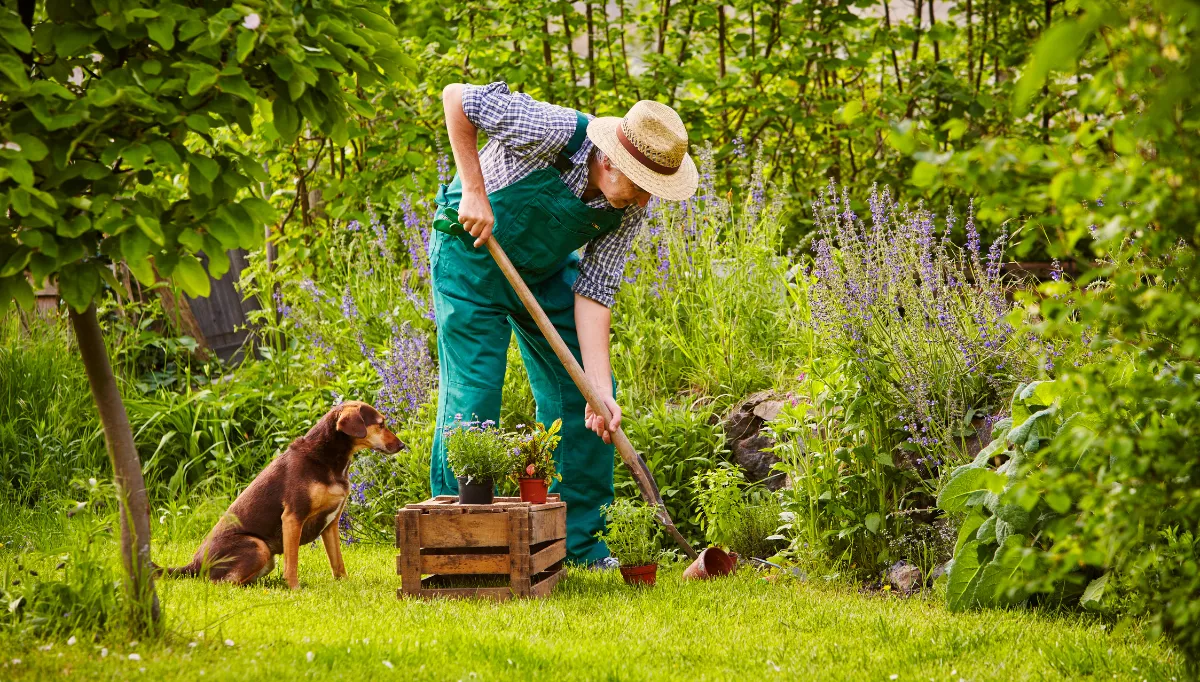
There are many diseases dubbed 'Western Diseases', due to their prevalence in western societies in particular. Many of these could be attributed to the types of foods we eat, but there's a lot to suggest this isn't the sole cause.
In my research into common household pollutants and their potential impacts on our dogs, I ended up down a rabbit hole of studies across human and canine science. I've tried to summarise the key points below, but there are links at the end for those who want to dive deeper.
I believe this to be an area that we could really make a difference to our families' health, and to the health of the planet. Why not try making one switch at a time over the course of a year?
Supermarket Cleaning Products: More Harm Than Good?
Many household cleaning products contain ingredients that can cause serious health issues for your dog. Chlorine, ammonia, DEHP, and phthalates are just a few of the common culprits. These chemicals can lead to respiratory problems, skin irritation, and even hormonal imbalances—not just in our pets, but in us too.
The good news? You don’t need to be a chemist to keep your home safe. Start by familiarising yourself with the warning symbols on your cleaning products. If you spot hazardous compounds, consider switching to natural, gentler alternatives. There are many eco-friendly cleaners available that are just as effective. I recommend checking out Peace with the Wild for some great options.
Remember, this advice is for everyday home use. If you’re in a sterile environment or caring for someone seriously ill, stronger products might be necessary. But for the average home, these harsh chemicals often pose more risks than benefits.
Check Your Cleaning Products for These Hazard Symbols:
![Toxic symbol]()
Toxic: Harmful if ingested, inhaled, or absorbed through the skin.
![Corrosive symbol]()
Corrosive: Can cause severe skin or eye damage upon contact.
![Environmental hazard symbol]()
Environmental Hazard: Harmful to aquatic life and the environment.
Switching your every day all-purpose cleaner is an easy start, but household pollutants go beyond cleaning supplies.
Improving Indoor Air Quality for You and Your Dog
Mould, volatile organic compounds (VOCs) from paint and furniture, synthetic air fresheners, and cigarette smoke all contribute to poor indoor air quality. Public Health England and the Royal College of Physicians have both highlighted the dangers of indoor air pollution, linking it to serious health issues like cancer, asthma, and even dementia. For our dogs, the impact can be even more significant, especially when they groom themselves after being in a smoky environment, ingesting harmful compounds.
So, what can you do to improve the air quality in your home?
- Ventilation: Regularly open windows, even in winter.
- Low/No VOC Products: Opt for these when redecorating or buying new furniture.
- Avoid Smoking Indoors: And definitely not around your dog.
- HEPA Filters: Consider a vacuum cleaner with a HEPA filter for better air quality.
- Mould Management: Use cleaning vinegar to tackle mould as soon as it appears.
Making even small changes can significantly improve the air your family and pets breathe. However, even the place we go to for fresh air, our garden, can fall foul to our over-use of toxic ingredients.
The Real Impact of Pesticides and Herbicides
Have you ever considered what the suffix “-cide” means in pesticides and herbicides? It literally means “to kill.” While these chemicals are marketed as targeting specific pests or weeds, the reality is they can have far-reaching effects on other creatures and the environment. A small amount of herbicide-treated moss can poison a baby bird, and your dog is also at risk of similar harm.
Symptoms of pesticide poisoning in dogs can range from enzyme inhibition (affecting the central nervous system) to chemical burns. So, what can you do to protect your dog and your garden?
- Ditch The -cides: Stop using pesticides, herbicides, and fungicides.
- Choose Native, Hardy Plants: These require less chemical intervention.
- Switch Up Your Lawn: A single-species golf-course-worthy lawn means killing everything else. Try an alternative lawn.
- Encourage Wildlife: Natural predators can help control pests.
- Wait Before Letting Your Dog Out: If you must use a chemical treatment, wait 48 hours before allowing your dog back into the treated area.
This shift in approach not only benefits your dog but also supports local wildlife and creates a healthier, more vibrant garden.
Would you consider making these changes to create a safer, more eco-friendly home for you and your dog? The results can be rewarding—both for your pet’s health and for the environment.
Useful Links:
https://www.nice.org.uk/guidance/ng149
https://www.hannegrice.com/walk-the-dog/chemicals/
https://www.aspcapro.org/resource/ingredients-toxicities-cleaning-products
https://wagwalking.com/condition/pesticides-poisoning

